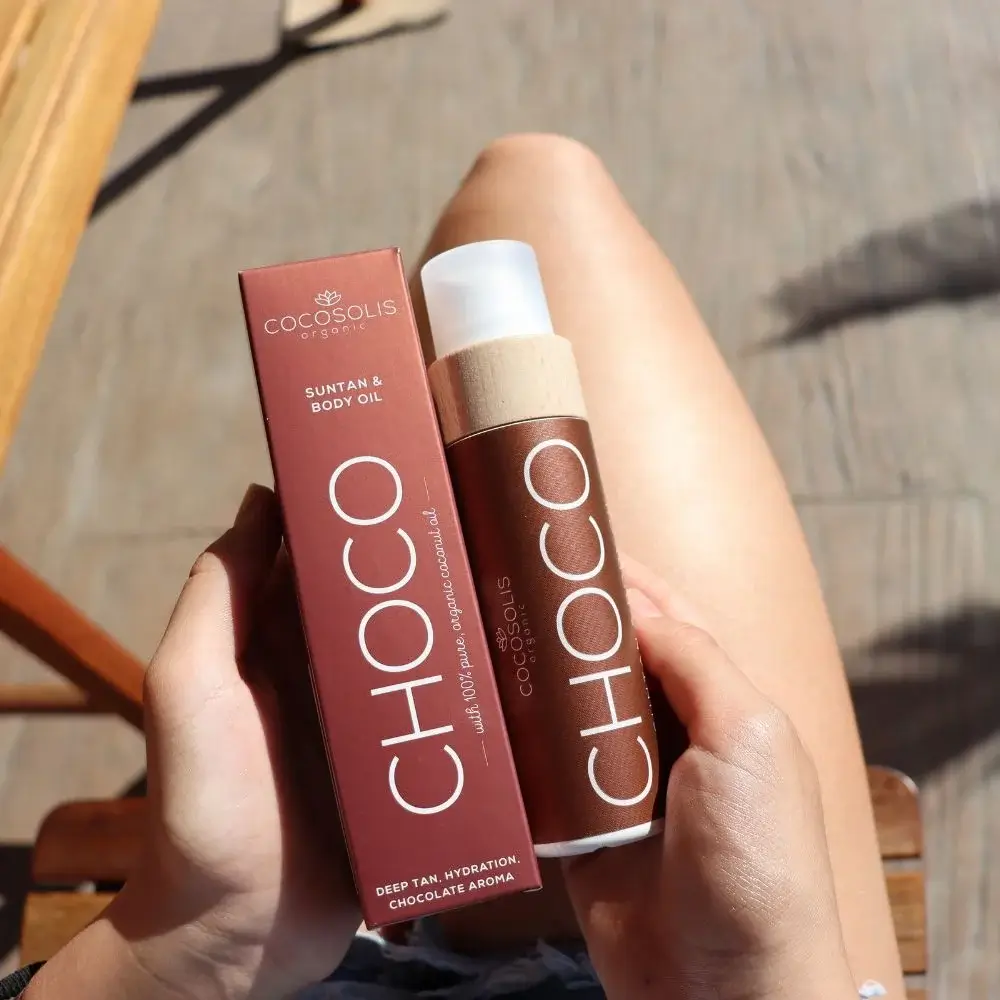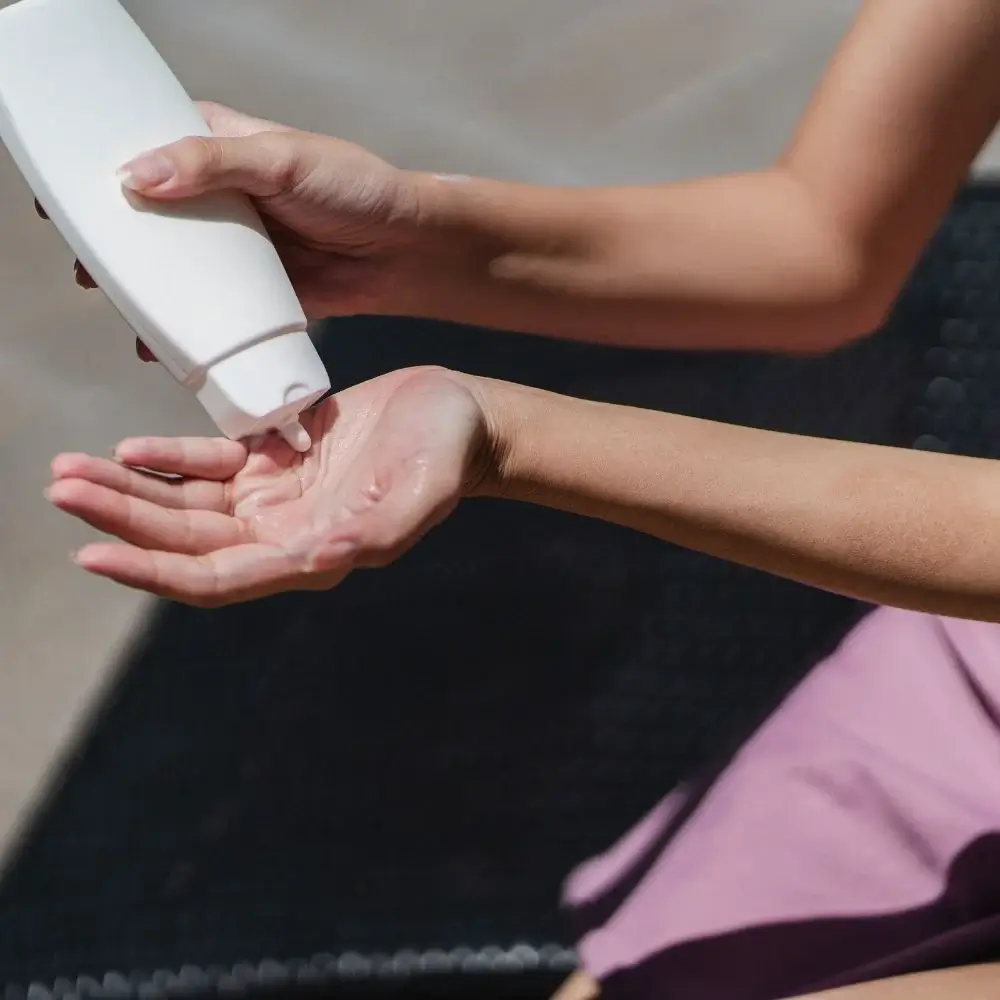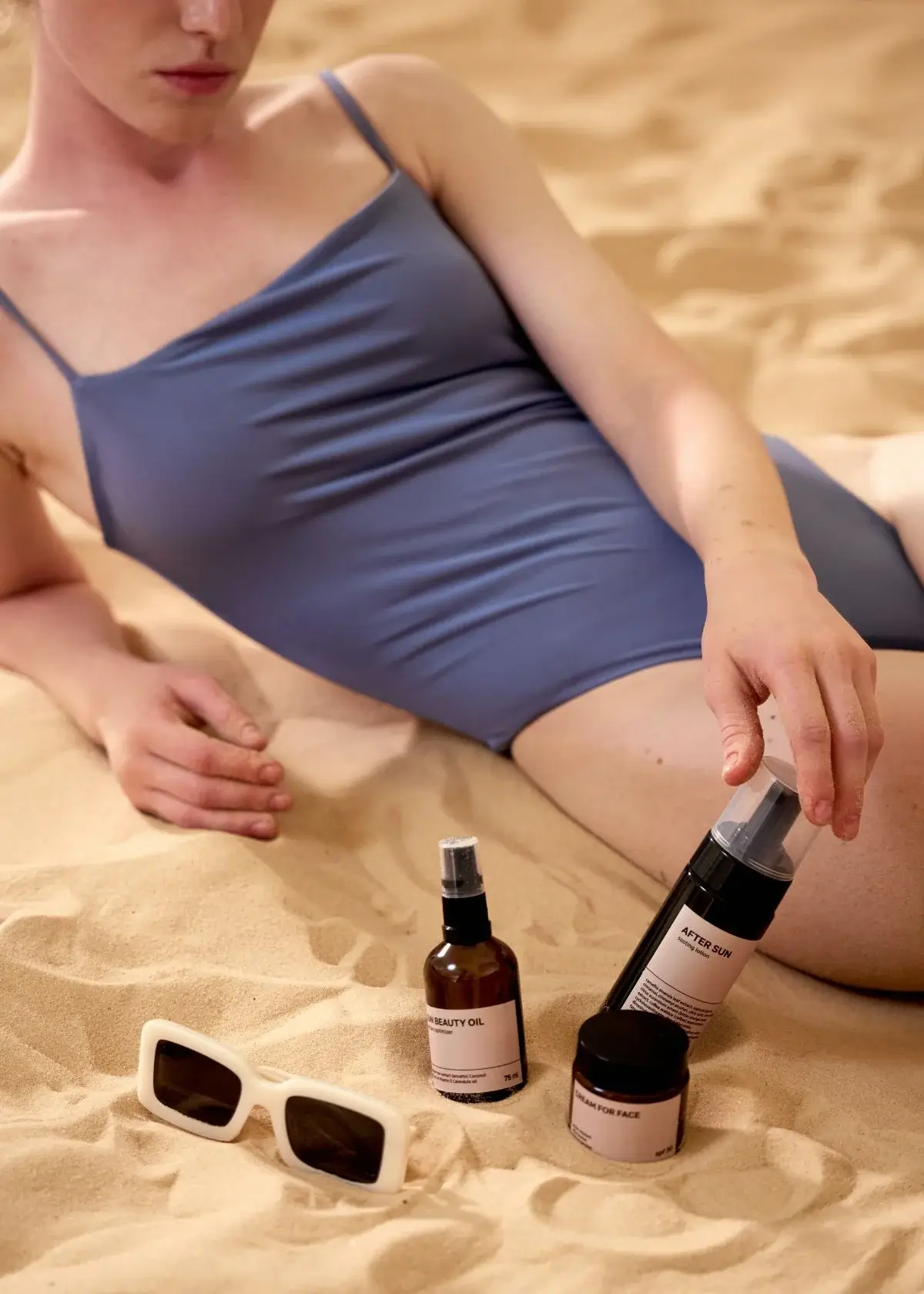Tanning has long been associated with beauty, health, and vitality. However, the dangers of tanning are many, and it is essential to protect your skin from the damaging effects of the sun. SPF protection is a must-have for anyone who loves to bask in the sun. In this blog post, we will explore why it's essential to use SPF protection while tanning and how it can benefit your skin in the long run.
Prevents Skin Damage:
One of the primary benefits of using SPF protection while tanning is that it can prevent skin damage caused by ultraviolet rays. UV rays can penetrate the skin and cause cellular damage, leading to premature aging, wrinkles, and skin cancer. An SPF sunscreen can protect your skin from these harmful rays and reduce the risk of developing skin cancer. So, if you want to maintain healthy, youthful skin, don't forget to apply SPF before your tanning session.
Reduces Sunburn:
Tanning can also cause sunburn, which can be painful and lead to redness, peeling, and blistering. SPF protection can reduce the risk of sunburn, allowing you to enjoy your tanning session without pain and discomfort. The higher the SPF factor, the greater the protection your skin will receive against UV rays. A broad-spectrum sunscreen with SPF 30 or higher is recommended while tanning.
Keeps Skin Moisturized:
When you tan, your skin loses moisture, making it dry and dull-looking. SPF protection can help maintain your skin's hydration levels, moisturizing and healthy-looking. Also, hydrate yourself by drinking plenty of water and applying a moisturizing lotion after your tanning (find the Best Tanning Oil here!) session to keep your skin looking its best.
Prevents Premature Aging:
Sun exposure is one of the leading causes of premature aging. UV rays can break down collagen and elastin fibers in the skin, leading to fine lines, wrinkles, and sagging skin. SPF protection can help prevent premature aging by protecting your skin from these harmful rays. So, if you want to keep your skin looking youthful and radiant, always use SPF protection while tanning.
Supports Even Skin Tone:
Finally, SPF protection can help maintain an even skin tone while tanning. UV rays can darken some areas of the skin more than others, leading to an uneven complexion. SPF protection can help prevent this by maintaining an even distribution of color across the skin. This can help you achieve a beautiful, natural-looking tan without any patches or blotches.
Using SPF protection while tanning is a must-have for anyone who loves to bask in the sun. It can prevent skin damage, reduce sunburn, keep skin moisturized, prevent premature aging, and support even skin tone. If you want to keep your skin healthy, youthful, and radiant, always remember to apply SPF before your tanning session. Happy tanning!
Attention all beauty lovers! We know you want to look bronzed and beautiful all year round, but staying protected from the sun's harmful rays is essential. Luckily, our team of beauty editors has done the research and found the best spf for tanning. Say goodbye to sticky, greasy lotions that leave you feeling weighed down, and hello to a beautiful, flawless tan. Click the link to discover your new favorite spf for tanning and achieve the perfect sun-kissed glow while keeping your skin safe and healthy. It's time to embrace your inner beach goddess and get ready to shine like the star you are!
What are the potential risks of not using any SPF while tanning?
Exposing your skin to the sun's harmful ultraviolet (UV) rays without SPF protection can lead to various risks. These include an increased risk of sunburn, premature aging, such as wrinkles and age spots, and a higher chance of developing skin cancer. Without SPF, your skin lacks a shield against UVA and UVB rays, which can penetrate deep into the skin, causing DNA damage and compromising health. Using SPF regularly during tanning is crucial to mitigate these risks and maintain your skin's long-term health and appearance.

What is the best time of the day to apply SPF for tanning?
To maximize the effectiveness of SPF during tanning, it is recommended to apply it approximately 15 to 30 minutes before sun exposure. This allows sunscreen to absorb your skin and create a protective barrier entirely. Sunscreen should be reapplied every two hours, especially if you sweat or swim. While there isn't a specific "best" time of day to apply SPF, it's generally advisable to avoid prolonged sun exposure between 10 a.m. and 4 p.m. when the sun's rays are most vital, as this can increase the risk of sunburn and skin damage.

What is the difference between UVA and UVB rays?
UVA and UVB rays are two types of ultraviolet radiation emitted by the sun. UVA rays have a longer wavelength and can penetrate the deeper layers of the skin. They contribute to premature aging, such as wrinkles, and are associated with certain types of skin cancer. UVB rays have a shorter wavelength and primarily affect the outer layer of the skin, causing sunburn and increasing the risk of skin cancer. UVA and UVB rays can be harmful, so choosing a broad-spectrum sunscreen that protects against both types of radiation is essential.

How do I choose the right SPF level for my skin tone?
Selecting the appropriate SPF level depends on various factors, including skin tone and sun exposure intensity. Generally, it is recommended to choose a sunscreen with a minimum SPF of 30. However, individuals with fair or sensitive skin may benefit from a higher SPF, such as 50 or above. Darker skin tones require protection, but a lower SPF may be sufficient. It's essential to consider your personal preferences, sun sensitivity, and the duration of sun exposure when determining the appropriate SPF level for your skin tone. Consult a dermatologist for personalized recommendations.

How does the consistency of tanning SPF affect its application?
The consistency of tanning SPF can influence its application and overall effectiveness. Sunscreens are available in various forms, including lotions, creams, sprays, and gels. Lotions and creams are versatile and easy to spread, making them suitable for general use. They provide good coverage and are often preferred for tanning, allowing you to see where you have applied the product. Spray sunscreens are convenient for hard-to-reach areas but may require extra effort to ensure even application. Gels offer a lightweight feel and are ideal for oily or acne-prone skin. Consider your skin type and personal preferences when choosing the consistency of tanning SPF.
Should I apply tanning SPF before or after other skincare products?
For optimal protection, it is generally recommended to apply tanning SPF as the last step of your skincare routine after other products like moisturizers or serums. This allows the sunscreen to create a barrier between your skin and the sun's harmful rays. However, suppose you use specific skincare products requiring direct skin contact, such as acne treatments or topical medications. In that case, it is advisable to consult a dermatologist for guidance on the appropriate order of application. They can provide personalized recommendations based on your individual skincare needs.







